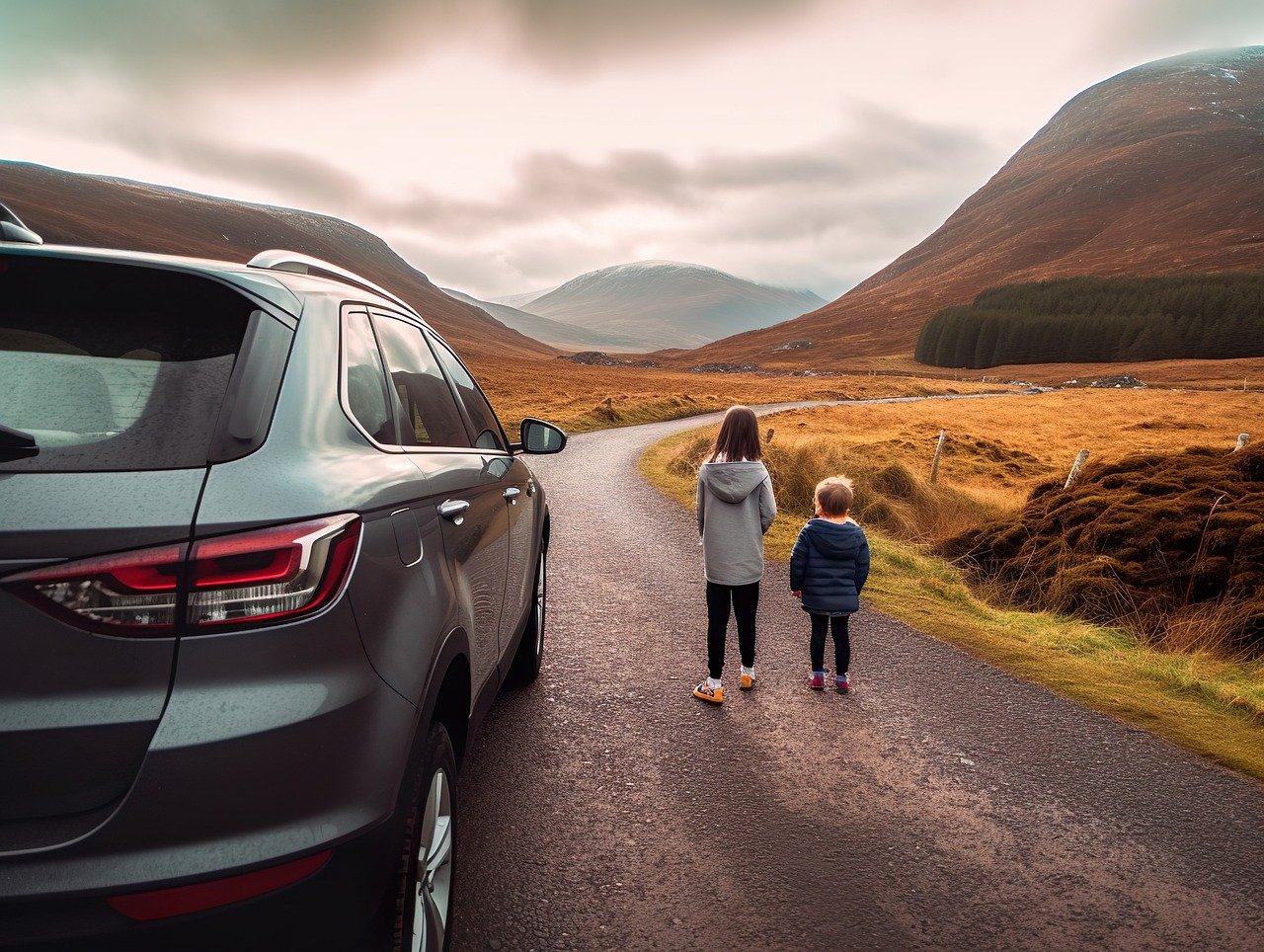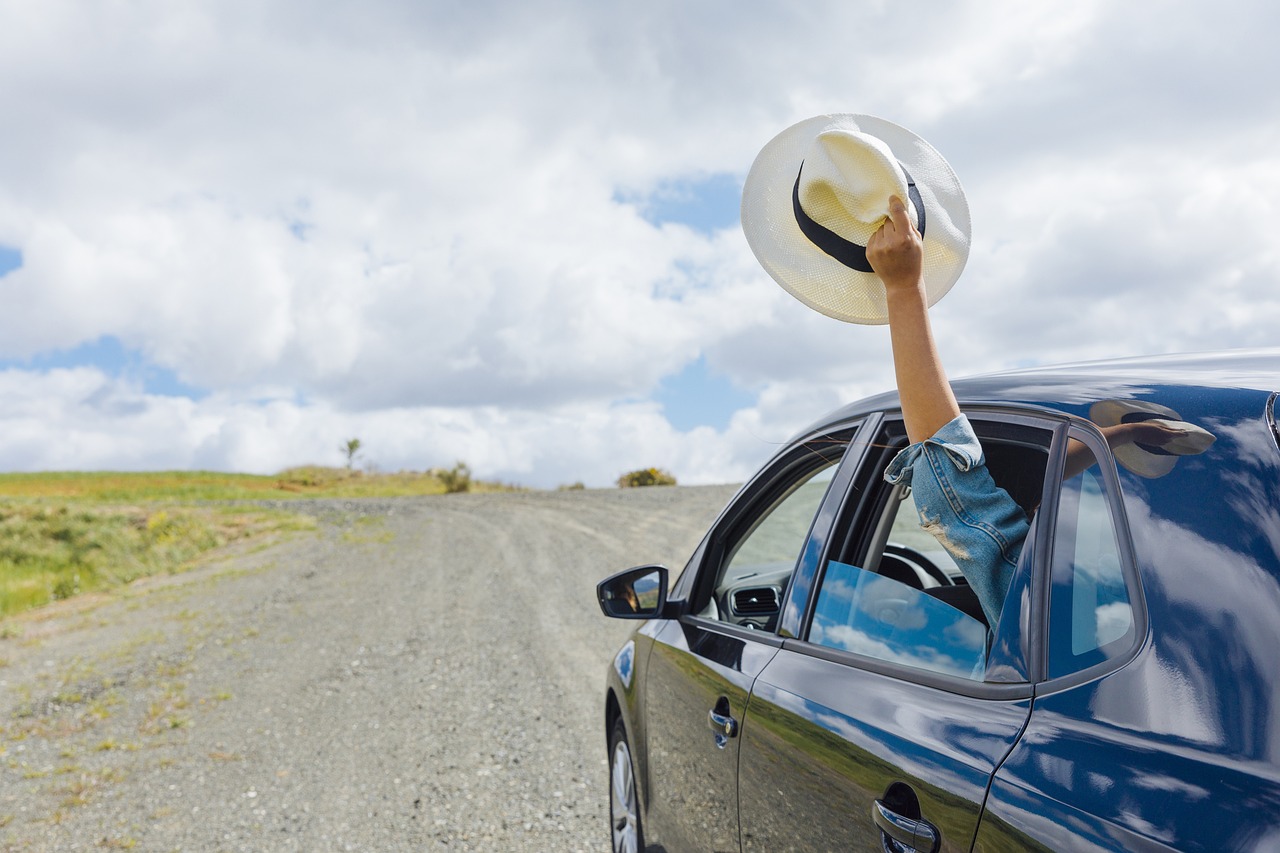
Picture this: you’re cruising down the open road, your favorite playlist filling the airwaves, and the sun is shining bright. But there’s a twist – the backseat is not empty. Instead, it’s filled with the laughter, chatter, and occasional bickering of your precious cargo – your kids. While family road trips can create cherished memories, they also come with their own set of challenges, especially when it comes to ensuring everyone’s safety. In this blog post, we’ll explore some invaluable tips and tricks to help you master the art of safe driving with kids in tow. Without further ado, let’s get started.
Avoid Distractions
Avoiding distractions while driving with kids is paramount for everyone’s safety. Your primary focus should be on the road ahead, so keep your phone out of reach and resist the urge to use it. Engage your children with toys, games, or snacks to prevent them from becoming a source of distraction. Secure any loose items inside the car to avoid them becoming dangerous projectiles during sudden stops or turns.
Remember that a momentary distraction can lead to accidents, so it’s crucial to stay vigilant. If you get into an accident caused by someone’s fault, do not hesitate to contact a personal injury lawyer to protect your rights and seek compensation for any injuries or damages incurred. However, the best course of action is always to prioritize safety by avoiding distractions and maintaining full concentration on the road.
Use Proper Child Safety Seats
Using proper child safety seats is a non-negotiable aspect of ensuring the safety of your little ones while on a road trip. It’s imperative to choose the right car seat based on your child’s age, weight, and height, following manufacturer guidelines meticulously. Installing the seat correctly is equally crucial, as even the best seat won’t protect your child if it’s not properly secured.
Child safety seats are designed to provide the necessary restraint and protection in the event of a collision, making them a vital safeguard. Prioritizing the selection and installation of these seats is a simple yet effective way to provide the best possible protection for your child during car journeys.
Seat Children in the Back
Seating children in the back of the vehicle is a fundamental safety practice that cannot be stressed enough. It’s a golden rule for child passenger safety. Children under the age of 13 should always occupy the back seat. This precaution significantly reduces the risk of injury in case the front airbags deploy, which can be extremely dangerous for young passengers.
The back seat is the safest place for children, as it provides an extra layer of protection and minimizes their exposure to potential front-end collisions. By consistently adhering to this guideline, parents and caregivers can help ensure that their children travel in the safest possible environment when on the road.
Buckle Up Every Time
Buckling up every time you get in a vehicle is a simple yet crucial habit that can make a life-saving difference, especially when traveling with children. Seat belts are the primary defense against injury in a car accident, and setting a responsible example by always wearing one sets the standard for your children. Ensure that all passengers, including kids, are securely buckled in with age-appropriate restraints.
Even on short trips or in low-traffic situations, accidents can happen unexpectedly. By consistently prioritizing seat belt use, you provide vital protection for yourself and your children, reducing the risk of serious injury or worse in the event of a collision.
Plan Rest Stops
Planning rest stops during long journeys with kids is not just a convenience; it’s a safety necessity. Children, especially younger ones, can become restless and uncomfortable during extended car rides. Scheduled breaks provide opportunities for restroom breaks, stretching, and refreshments, helping kids stay content and reducing the chances of distractions or irritability. Fatigue can also be a significant concern during lengthy trips, so rest stops allow the driver to recharge and stay alert.
Additionally, they provide an excellent chance to assess everyone’s well-being and ensure that everyone is properly buckled in before resuming the journey. Ultimately, planning rest stops promotes a safer and more enjoyable travel experience for the entire family.
Secure Loose Objects
Securing loose objects within your vehicle is a safety measure that often goes overlooked but can have significant consequences during a sudden stop or collision, especially when traveling with children. Unsecured items can turn into dangerous projectiles, causing harm to passengers. To minimize this risk, use seatback organizers, storage bins, or cargo nets to keep loose items in place.
Ensure that any child-related items, like toys or snacks, are stowed securely. By taking the time to secure loose objects, you reduce the potential for injury and create a safer environment inside your vehicle, enhancing the overall safety of your family’s car journey.
Be Patient
Practicing patience while driving with children is an essential ingredient for a safe and stress-free journey. Children can be unpredictable, and their needs, whether it’s a snack, a bathroom break, or simply their restlessness, may demand your attention. It’s crucial to remain calm and composed, avoiding aggressive driving behaviors like speeding or tailgating. Allow extra time for your trip to accommodate potential delays, and remember that safety should always be the top priority.
By maintaining patience, you create a more relaxed and secure atmosphere in the vehicle, reducing the likelihood of distractions or unsafe manoeuvres, ultimately ensuring a smoother and safer ride for your family.
Teach Road Safety
Teaching road safety to children is a lifelong gift that equips them with vital skills for a safer future. Start early by explaining the importance of seatbelts and child safety seats and consistently enforcing their use. As kids grow, introduce age-appropriate lessons on pedestrian safety, traffic rules, and the dangers of distracted driving.
Be a role model by practicing safe driving habits, like obeying speed limits and refraining from using phones while driving. Encourage open communication about road safety, answer their questions, and engage in discussions about potential hazards.

By instilling road safety knowledge and awareness from an early age, you empower your children to make responsible choices when they become independent drivers or pedestrians.
Ensuring safe driving with kids involves a combination of careful preparation, responsible behavior, and effective communication. Using proper child safety seats, seating children in the back, and consistent seatbelt use form the foundation of protection. Minimizing distractions, securing loose objects, and planning rest stops enhance safety during the journey. Furthermore, patience and setting a positive example play a pivotal role in maintaining a secure and stress-free environment. Teaching road safety is an enduring investment in your child’s well-being, equipping them with the knowledge and habits needed for a lifetime of safe travels on the road.
See some more of my parenting posts here
